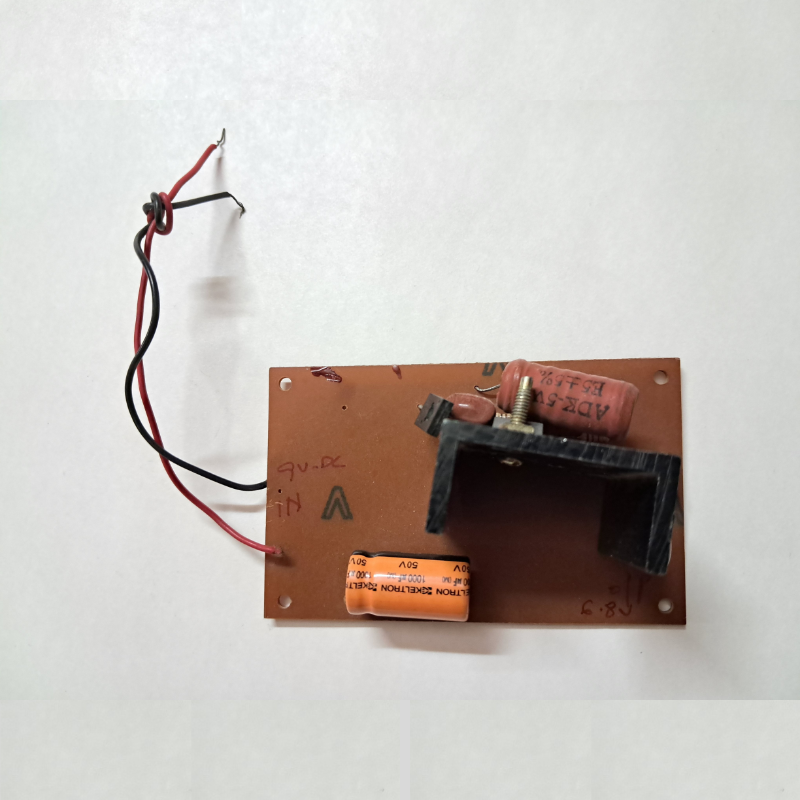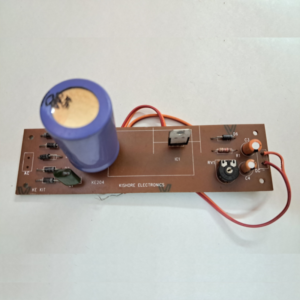Lead-acid batteries consist of a series of lead plates immersed in an electrolyte solution of sulfuric acid and water.
During the charging process, the charger applies a voltage or current to the battery, which causes a chemical reaction that converts the lead sulfate on the plates back into lead and lead dioxide, and restores the electrolyte solution to its original state.
The charging process must be carefully controlled to prevent damage to the battery and ensure that it reaches its full capacity. Overcharging can cause the battery to overheat, release gas, and even explode, while undercharging can reduce the battery’s capacity and shorten its lifespan.
There are many types of lead-acid battery chargers available, ranging from simple trickle chargers to more advanced chargers that incorporate microprocessors and other features to monitor and regulate the charging process. Some chargers can also be programmed to charge batteries of different sizes and types, including AGM, gel, and deep-cycle batteries.
When choosing a lead-acid battery charger, it is important to consider the voltage and capacity of the battery you want to charge, as well as any specific requirements or recommendations from the battery manufacturer. It is also important to follow the instructions carefully and take appropriate safety precautions when using a lead-acid battery charger.



Reviews
There are no reviews yet.